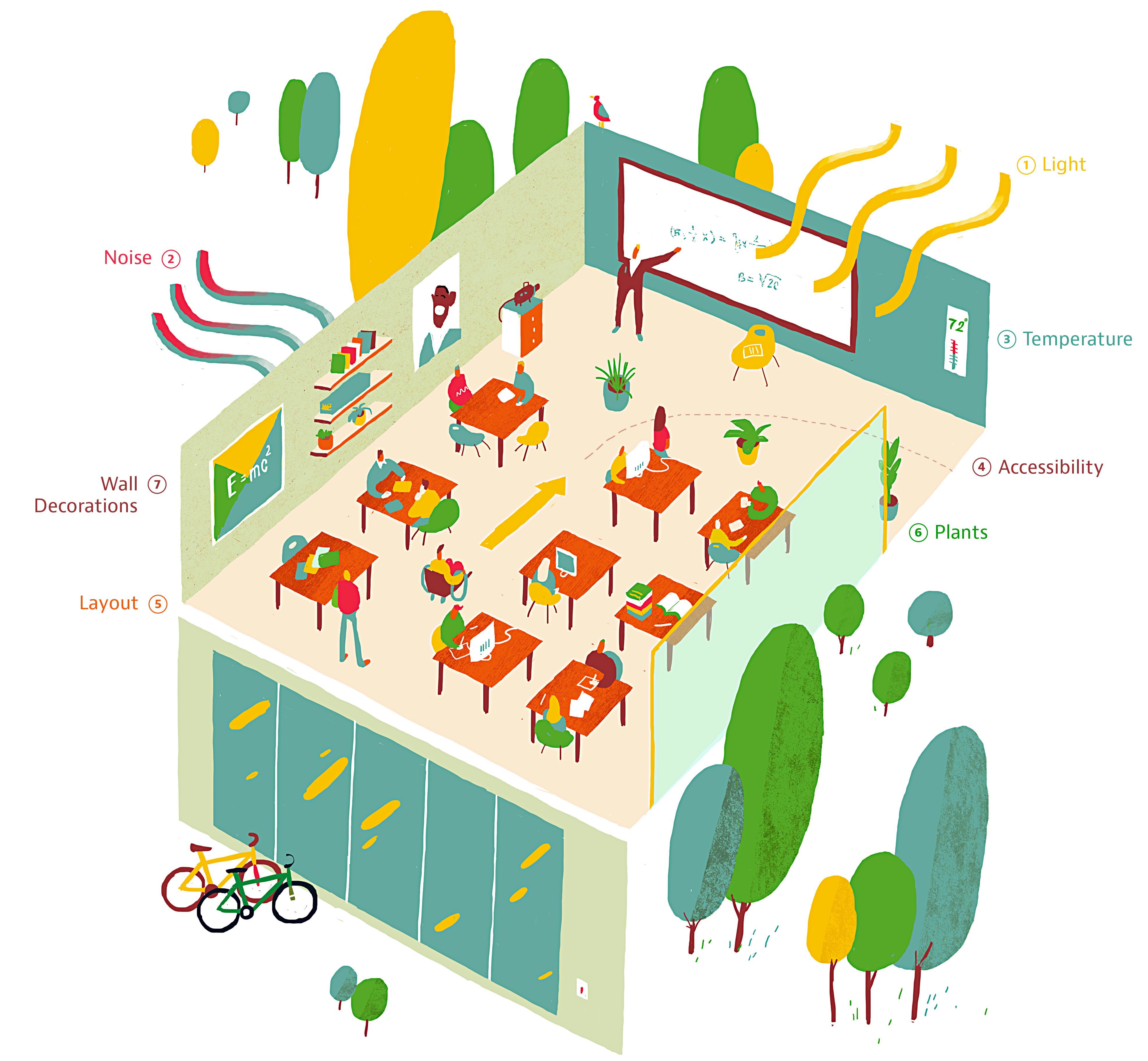
What is technology?
To me, technology is all of the tools, techniques, knowledge, and resources that we find useful and that make our lives easier.
I agree with all of the definitions that were given but the one that appealed to me was Roblyer’s (2012) statement in which he describes technology “as technology is us -our tools, our methods, and our own creative attempts to solve problems in our environment.”
There is a big difference from when I was a kid and the age that we are living in today. With the advancements of technology, there is something new to discover every day. When we run into a problem we use whatever methods and techniques we can to solve that problem. For example, domestication of animals. Many people would not agree but the process and techniques used to domesticate animals is the technology; dogs have been cultivated to suit human needs through many centuries of selected breeding. It is our methods and processes that have turned vicious packs of wolves into our furry little best friends.
How would you design a technology-enhanced learning experience?
If I were to design an ideal pedagogical design of a technology-enhanced learning experience for math and/or science I would ensure it is a learning environment where collaborative work is emphasized. When different learners come together and share their knowledge about how they came to a conclusion about certain concepts and theories, there is an exchange of ideas and perspectives which is a great way for students to learn.
When students construct their own knowledge through hands-on work, students are able to understand it and apply that new knowledge in a real setting. An ideal TELE space would provide learners different types of technology to enhance their learning and have fun. The technology would be new and it would encourage all types of learners. There would be interactive educational technologies so learners would be able to show their thinking; so, they can investigate their questions, interact with it, and then comprehend it in their own way.
This space would be learner-centered where students feel safe to ask questions and take charge of their own learning; the teacher would act as a guide in case learners have issues/questions. There would be lots of manipulatives and materials available for each learner so learning is not hindered by lack of resources. These materials would allow students to experiment and build their own knowledge. In this environment, students would be able to go at their own pace; this is important so students can start from what they know and then build from there.
The following is an image that I found and if that was combined with what I said, it would be my version of a perfect TELE.

Source: https://qz.com/375894/this-is-what-the-ideal-learning-environment-looks-like-according-to-science/